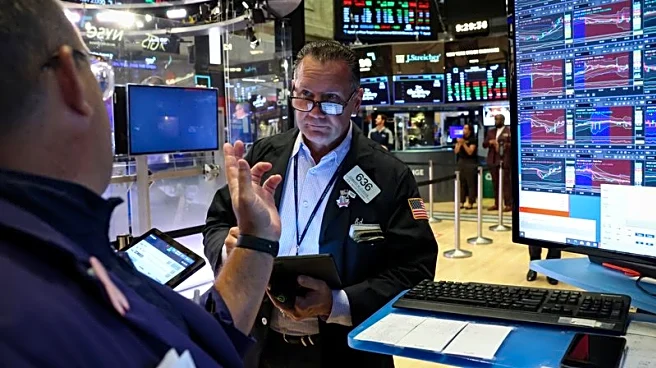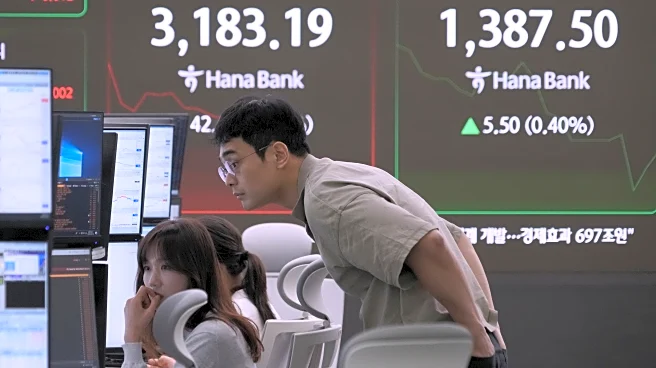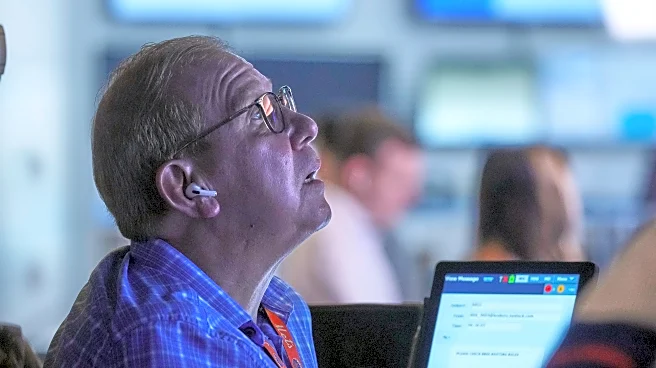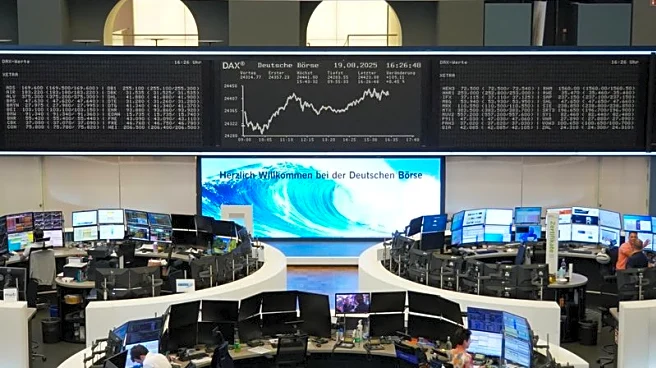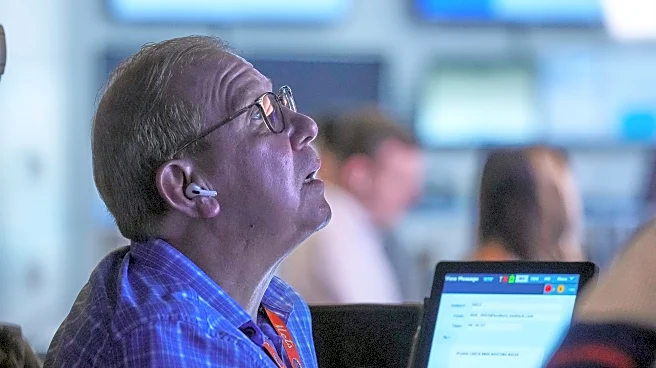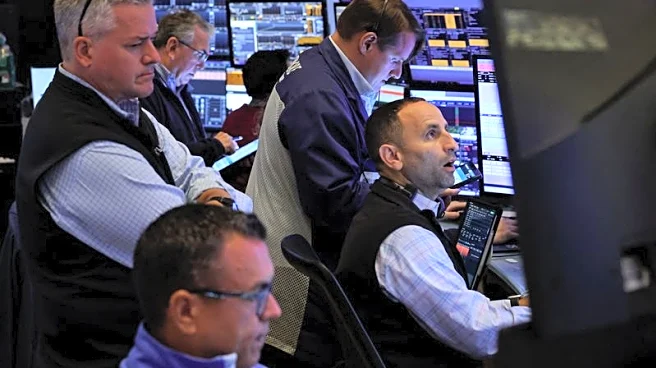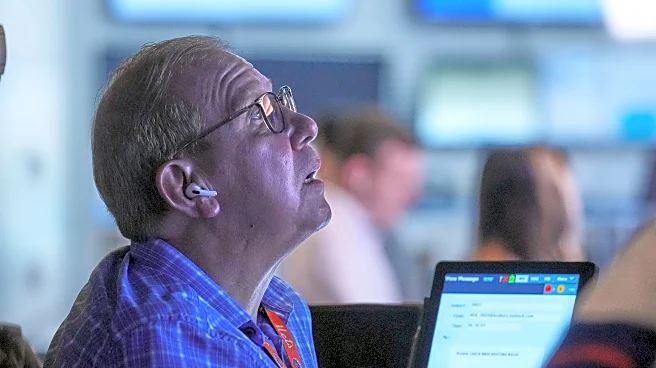By Shashwat Chauhan and Johann M Cherian
(Reuters) -Wall Street will search for confirmation of a September interest rate cut when Federal Reserve Chair Jerome Powell speaks at the Jackson Hole symposium on Friday, a potentially pivotal moment for the market and rate-sensitive sectors in particular.
This year's gathering follows a week in which consumer and wholesale price data appeared to send mixed signals about how well the economy is weathering U.S. President Donald Trump's sweeping import tariffs,
complicating the path for rate cuts.
After cutting rates by 50 basis points in September 2024 and 25 points in both November and December, the central bank has held steady. Growing bets of a cut next month have helped leading homebuilders outperform the broader market and buoyed banks and retailers, but a hawkish surprise from Powell could pressurize those sectors.
Here's a closer look at how some of the most rate-sensitive stocks have fared since the Fed kicked off its rate-cutting cycle in September 2024.
HOMEBUILDERS
The housing market is significantly dependent on mortgage rates, which remain elevated and have strained demand for new homes. Recent data showed that even though groundbreaking for new single-family homes picked up in July, total permit issuance - a guide for future activity - fell to a five-year low.
A rally in the index tracking homebuilders had cooled late last year after the Fed lowered its forecasts for the number of cuts it could deliver this year and acknowledged that a lot of Trump's policies could prove to be inflationary.
But rising rate cut expectations have renewed interest in housing stocks in recent months, and the index is on track for its biggest one-month jump since July 2024. However, analysts have warned that multiple interest rate cuts are needed to fully revive the sector.
BANKS
The picture is more complicated for banks.
Lenders usually make more money when interest rates rise because they can charge borrowers more for loans. But if competition for deposits heats up, banks may need to raise the interest they pay to savers, which pushes up their funding costs and eats into profits.
Lenders also feel pressure when the U.S. Treasury yield curve flattens or inverts. Since banks borrow at short-term rates and lend at long-term rates, a smaller gap between the two reduces their profit per loan. A steep yield curve has the opposite effect, widening margins.
The yield curve has been steepening - meaning the gap between short-term and long-term interest rates is widening - as short-end bond yields fall on growing expectations that the Fed could resume its cutting cycle.
SMALL-CAPS
Small-cap companies are largely reliant on external borrowing to fund their operations, and lower borrowing costs increase their available capital.
Lower rates could also enable smaller companies to refinance their existing debt more cheaply, enabling them to then direct a chunk of their earnings to fuel growth and expansion.
The Russell 2000 index tracking small-cap U.S. companies hit a record high in November but has since underperformed Wall Street's S&P 500 as the Fed has taken a more cautious stance on interest rates.
UTILITIES
Shares of utility providers are often traded as bond proxies, given their steady stream of earnings regardless of the economic situation. The sector has enjoyed gains of late as government bond yields fell on growing expectations of Fed rate cuts.
The yield on the U.S. 10-year Treasury, generally considered the benchmark, has fallen more than 50-bps from its January highs, while the 2-year note, which reflects investors' near-term rate expectations, has also receded sharply since late July.
Since the last Fed rate cut in December, the utilities sub-index has advanced more than 15%. Power companies Constellation Energy and Vistra have led gains on hopes they could see a surge in demand from energy-intensive data centers needed to develop AI technology.
RETAILERS
Lower borrowing costs typically boost consumer spending, which makes up about 70% of the U.S. economy. That's good news for retailers.
During the first quarter, fears that Trump's tariffs would fan inflation and force consumers to rein in spending saw the S&P 500 consumer discretionary index log its biggest quarterly decline since March 2022, when the Fed began its last rate-hiking cycle.
Since the end of March this year, however, the index has jumped almost 16% through May 2025 as economic data has continued to point to resilient retail sales.
E-commerce firm eBay and Coach handbag maker Tapestry have led gains so far this year, while maker of Hoka shoes Deckers Outdoor and athletic wear maker Lululemon Athletica have lagged.
(Reporting by Shashwat Chauhan and Johann M Cherian in Bengaluru; Editing by Saumyadeb Chakrabarty)


